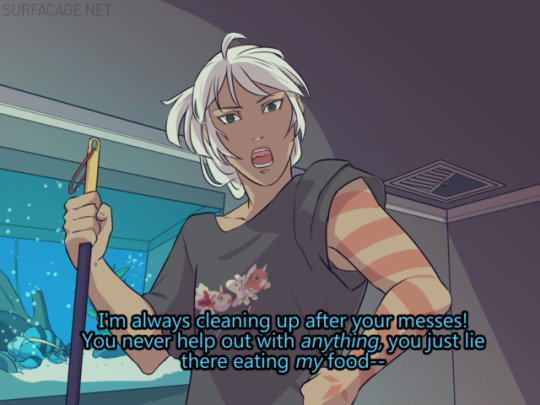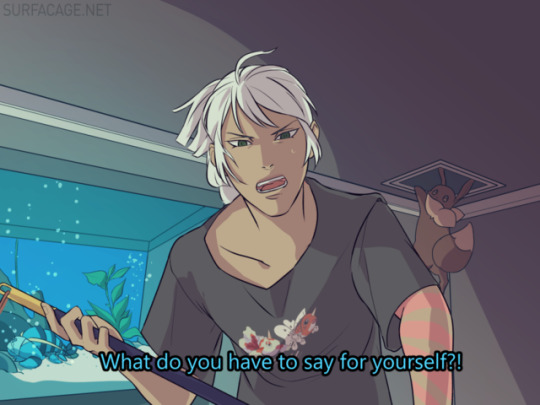Don't wanna be here? Send us removal request.
Photo





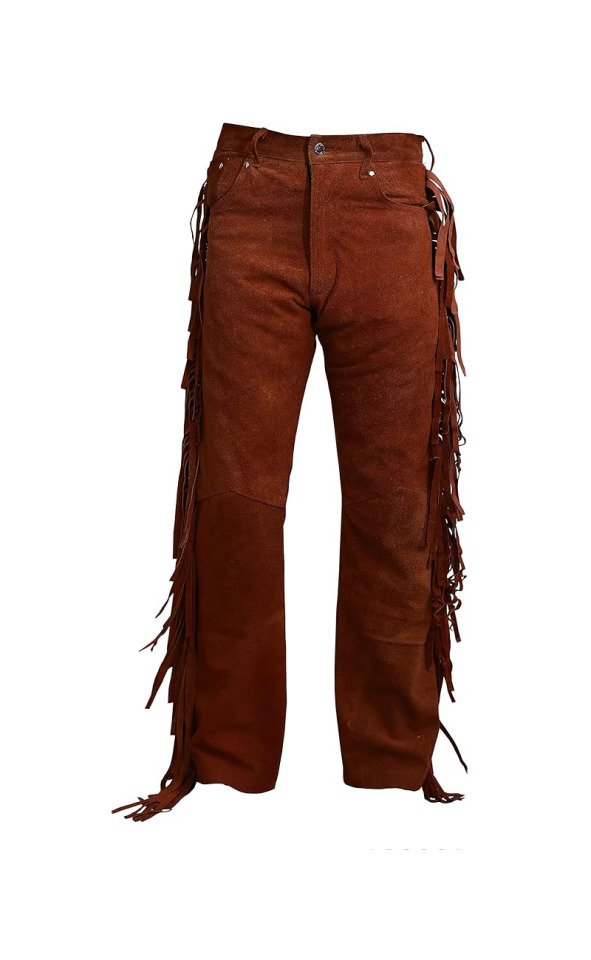
Brainstorming outfits for the next season of Ghost Files
1K notes
·
View notes
Video
I DIDNT KNOW WHAT THIS WOULD BE SO I CLICKED PLAY AND MY MOM IS RIGHT NEXT TO ME AND MY COMPUTER IS ON FULL VOLUME I HATE EVERYONE
690K notes
·
View notes
Text
It’s so crazy that suicide prevention is just people going awwww don’t!! Awwww come on noooooooooo stopppppp
10K notes
·
View notes
Text
Spin this wheel first and then this wheel second to generate the title of a YA fantasy novel!
(If the second wheel lands on an option ending with a plus sign, spin it again)
Share what you got!
32K notes
·
View notes
Text
me messaging a casual acquaintance: hello, how are you?
me messaging a best friend w/zero lead-in:
88K notes
·
View notes
Text
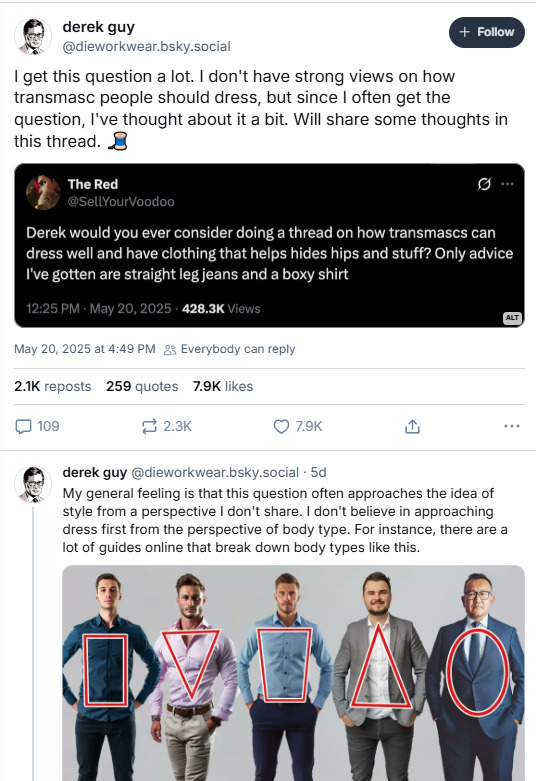
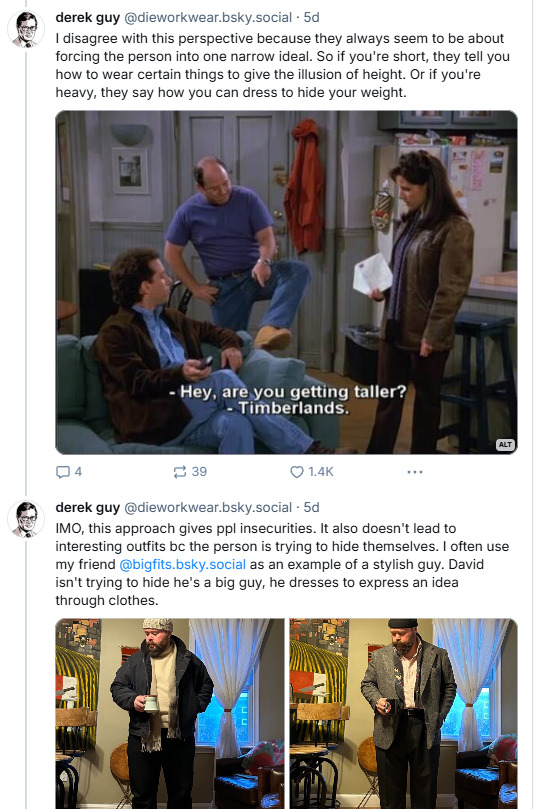
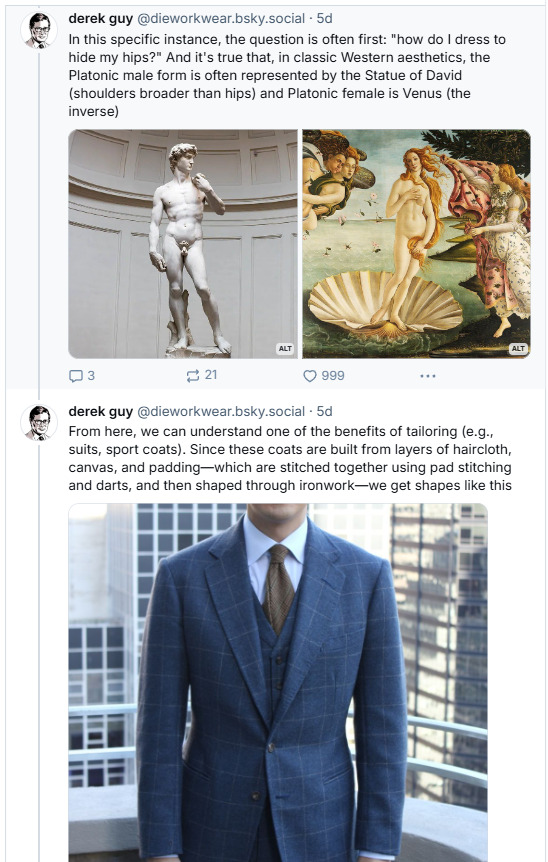
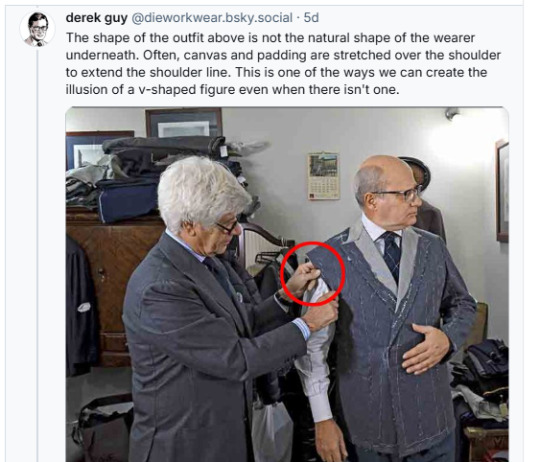
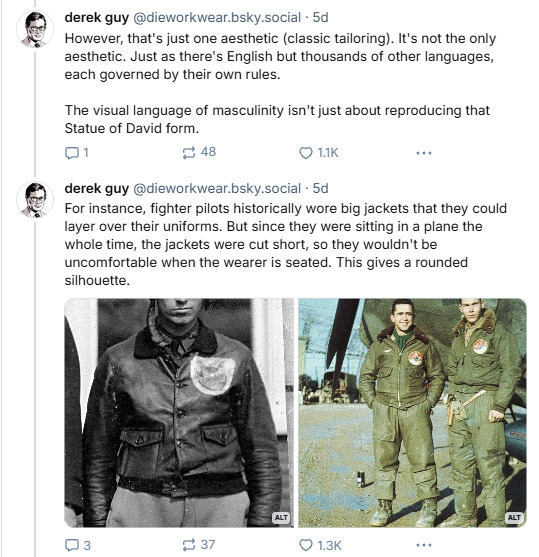
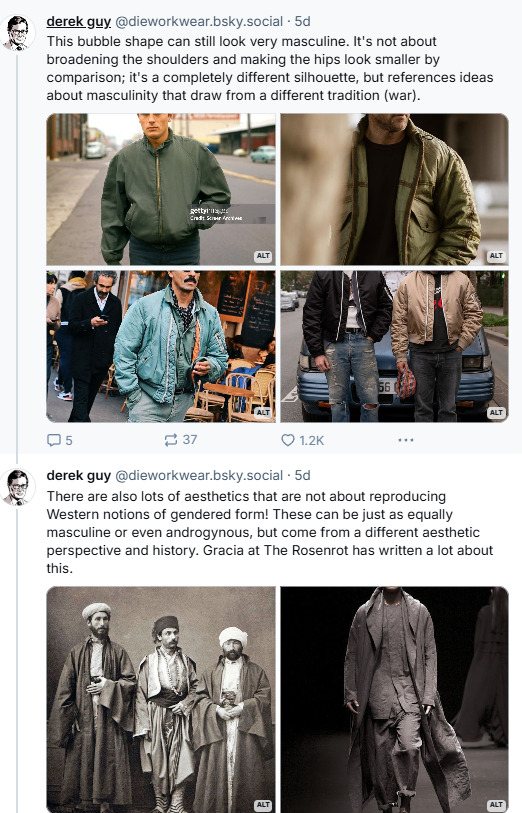
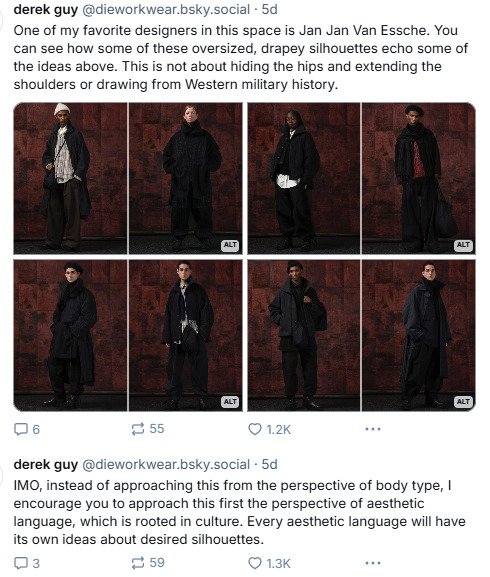
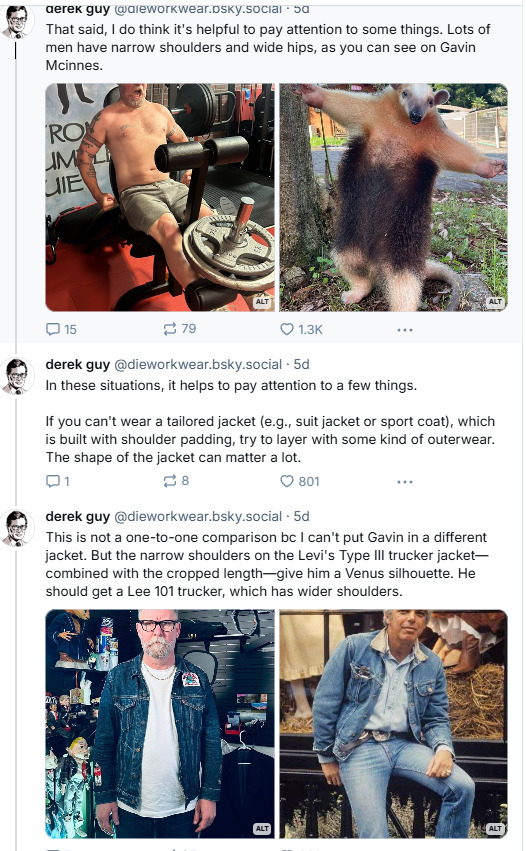
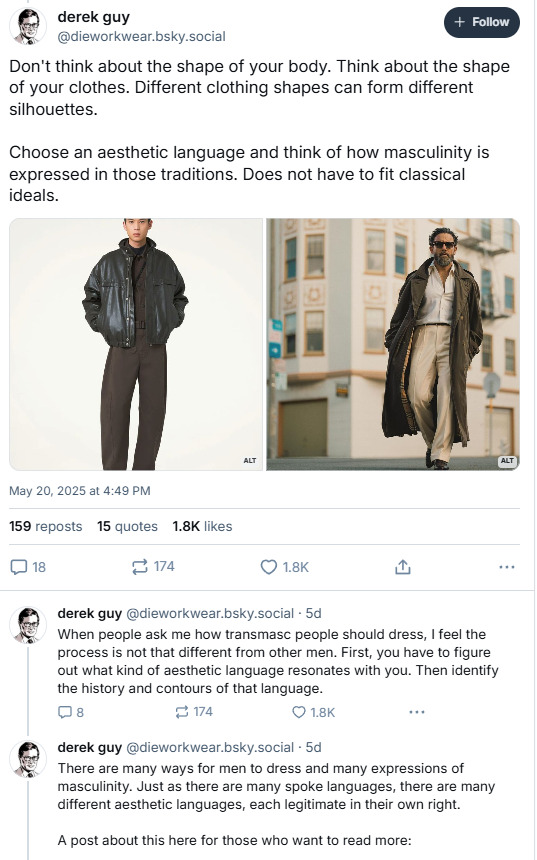
https://dieworkwear.com/2022/08/26/how-to-develop-good-taste-pt-1/
From the comments "In my experience clothing on anyone looks best when it is done with confidence. We are all different shapes and sizes. I was really struck by your post on dressing well that included John Goodman in a faded t-shirt and jeans. He rocks it!"
Excellent advice, whatever gender or style one is looking for. Thank you
I'm a trans guy and Derek, I can tell you my wardrobe has improved a huge amount simply by reading your threads. The "dress for your body type" stuff never worked well for me; your threads about putting together an intentional look and for getting a good fit - that's 99% of the game.
22K notes
·
View notes
Text

Éowyn, disguised as Dernhelm, among the Riders of Rohan ⚔️
Based on Eugéne Grasset’s “Jeanne chevauchant au milieu des hommes d’armes” (1894)
15K notes
·
View notes
Text
Today a very friendly Golden Retriever came up to me and I said "hey buddy :D" and the owner asked "do you know each other?" like his dog had a social life he didn't know about
80K notes
·
View notes
Text
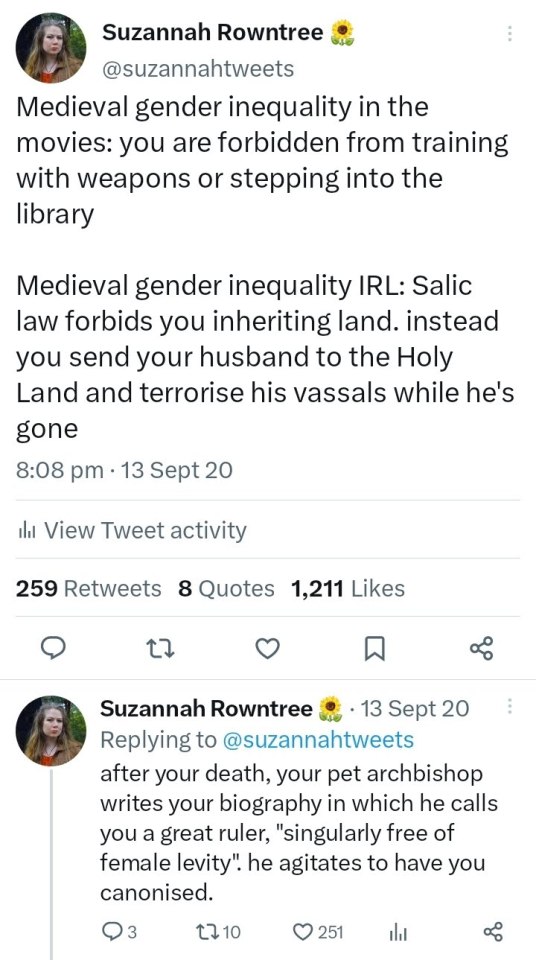
all RIGHT:
Why You're Writing Medieval (and Medieval-Coded) Women Wrong: A RANT
(Or, For the Love of God, People, Stop Pretending Victorian Style Gender Roles Applied to All of History)
This is a problem I see alllll over the place - I'll be reading a medieval-coded book and the women will be told they aren't allowed to fight or learn or work, that they are only supposed to get married, keep house and have babies, &c &c.
If I point this out ppl will be like "yes but there was misogyny back then! women were treated terribly!" and OK. Stop right there.
By & large, what we as a culture think of as misogyny & patriarchy is the expression prevalent in Victorian times - not medieval. (And NO, this is not me blaming Victorians for their theme park version of "medieval history". This is me blaming 21st century people for being ignorant & refusing to do their homework).
Yes, there was misogyny in medieval times, but 1) in many ways it was actually markedly less severe than Victorian misogyny, tyvm - and 2) it was of a quite different type. (Disclaimer: I am speaking specifically of Frankish, Western European medieval women rather than those in other parts of the world. This applies to a lesser extent in Byzantium and I am still learning about women in the medieval Islamic world.)
So, here are the 2 vital things to remember about women when writing medieval or medieval-coded societies
FIRST. Where in Victorian times the primary axes of prejudice were gender and race - so that a male labourer had more rights than a female of the higher classes, and a middle class white man would be treated with more respect than an African or Indian dignitary - In medieval times, the primary axis of prejudice was, overwhelmingly, class. Thus, Frankish crusader knights arguably felt more solidarity with their Muslim opponents of knightly status, than they did their own peasants. Faith and age were also medieval axes of prejudice - children and young people were exploited ruthlessly, sent into war or marriage at 15 (boys) or 12 (girls). Gender was less important.
What this meant was that a medieval woman could expect - indeed demand - to be treated more or less the same way the men of her class were. Where no ancient legal obstacle existed, such as Salic law, a king's daughter could and did expect to rule, even after marriage.
Women of the knightly class could & did arm & fight - something that required a MASSIVE outlay of money, which was obviously at their discretion & disposal. See: Sichelgaita, Isabel de Conches, the unnamed women fighting in armour as knights during the Third Crusade, as recorded by Muslim chroniclers.
Tolkien's Eowyn is a great example of this medieval attitude to class trumping race: complaining that she's being told not to fight, she stresses her class: "I am of the house of Eorl & not a serving woman". She claims her rights, not as a woman, but as a member of the warrior class and the ruling family. Similarly in Renaissance Venice a doge protested the practice which saw 80% of noble women locked into convents for life: if these had been men they would have been "born to command & govern the world". Their class ought to have exempted them from discrimination on the basis of sex.
So, tip #1 for writing medieval women: remember that their class always outweighed their gender. They might be subordinate to the men within their own class, but not to those below.
SECOND. Whereas Victorians saw women's highest calling as marriage & children - the "angel in the house" ennobling & improving their men on a spiritual but rarely practical level - Medievals by contrast prized virginity/celibacy above marriage, seeing it as a way for women to transcend their sex. Often as nuns, saints, mystics; sometimes as warriors, queens, & ladies; always as businesswomen & merchants, women could & did forge their own paths in life
When Elizabeth I claimed to have "the heart & stomach of a king" & adopted the persona of the virgin queen, this was the norm she appealed to. Women could do things; they just had to prove they were Not Like Other Girls. By Elizabeth's time things were already changing: it was the Reformation that switched the ideal to marriage, & the Enlightenment that divorced femininity from reason, aggression & public life.
For more on this topic, read Katherine Hager's article "Endowed With Manly Courage: Medieval Perceptions of Women in Combat" on women who transcended gender to occupy a liminal space as warrior/virgin/saint.
So, tip #2: remember that for medieval women, wife and mother wasn't the ideal, virgin saint was the ideal. By proving yourself "not like other girls" you could gain significant autonomy & freedom.
Finally a bonus tip: if writing about medieval women, be sure to read writing on women's issues from the time so as to understand the terms in which these women spoke about & defended their ambitions. Start with Christine de Pisan.
I learned all this doing the reading for WATCHERS OF OUTREMER, my series of historical fantasy novels set in the medieval crusader states, which were dominated by strong medieval women! Book 5, THE HOUSE OF MOURNING (forthcoming 2023) will focus, to a greater extent than any other novel I've ever yet read or written, on the experience of women during the crusades - as warriors, captives, and political leaders. I can't wait to share it with you all!
31K notes
·
View notes
Video
translation: “My sheep! [bah! bah!] You are my life. [bah! bah!] Walk behind me…[bah! bah!] Sing (after me).”
263K notes
·
View notes
Text
This may be the worst use of LLMs anyone has attempted, ever. Up there with recognizing mushrooms.

39K notes
·
View notes
Text
THIS IS ACTUALLY THE CRAZIEST PLOT FOR A BL FJENJDJRJR




96 notes
·
View notes
Text
74K notes
·
View notes





